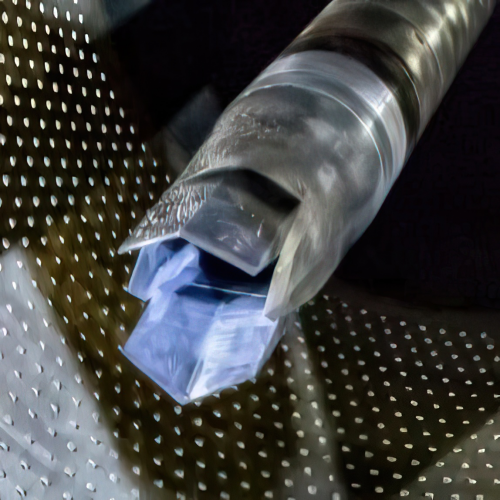The paper you sent evaluates the nozzle divergence coefficient, aka angularity losses. That is a simple, unavoidable phenomenon caused by the jet at the exit not having the sole axial component. As the nozzle secondary half angle increases, you lose more forward thrust. If you make the nozzle longer, the angle decreases and divergence coefficient tends to one. This is for both axisymmetric and 2D.
On page 16 you can even see the trend of the coefficient, where it is clear that 2D nozzle has always less angularity losses (and that should be obvious since you have only two ramps moving, with the side walls keeping the jet axial).
That’s cool but flat nozzles still definitely lose thrust
Again, the 2D nozzle behaves like an axisymmetric one, with almost the same losses (around 1%). Plug nozzles don't, and generally have lower efficiency.
You claimed that the thrust of the F119 would be
at least 5% higher if a non-2D nozzle were used, a value you can’t achieve by simply using a different nozzle. The thrust you lose is due to friction, angularity, expansion, leakage and cooling air throttling loss, which are present in all nozzle configurations. Afaik there aren't phenomena that appear only in the 2D nozzle that make it "definitely lose thrust" more than in the axisymmetric. Once the area and pressure ratios are defined, the axisymmetric and the 2D nozzle will output
almost the same thrust.
You can take a look at this paper
https://ntrs.nasa.gov/citations/19800015775
In summary, for the test conditions of this investigation, the SERN and 2-D C-D nozzles generally produce higher and the wedge nozzle generally produces lower thrust minus-drag performance than the axisymmetric nozzle base-line configuration.
The tricky part is the integration of the nozzle in the fuselage, that's when you have differences in aft-end drag and you may choose 2D over ax (speaking of performance only, not radar/IR signature).

